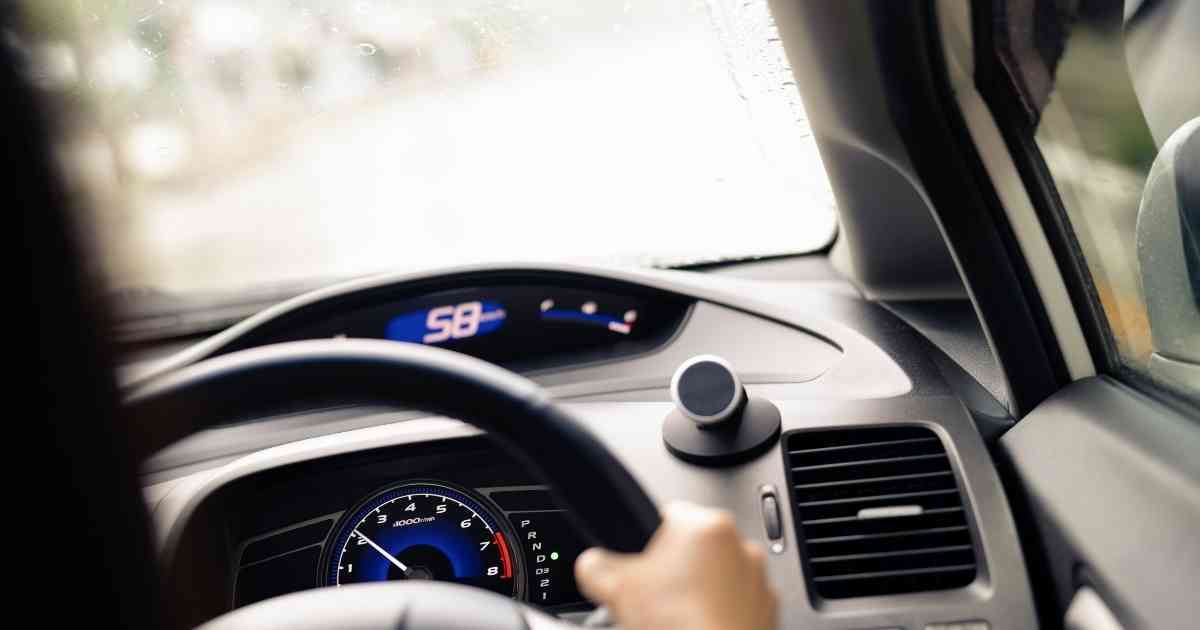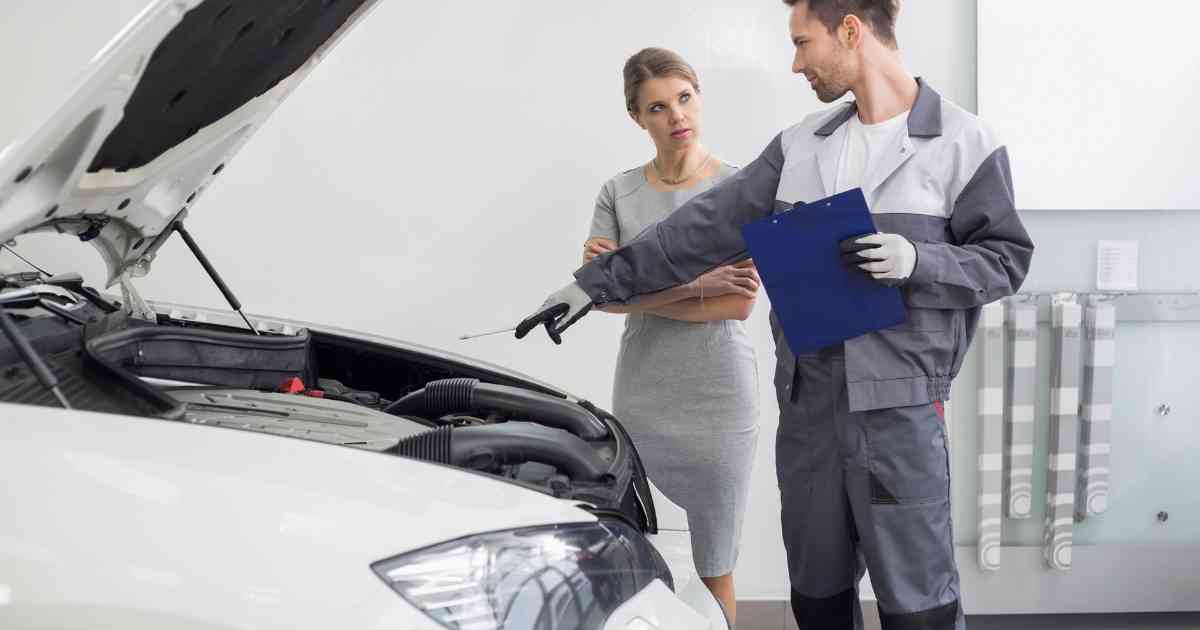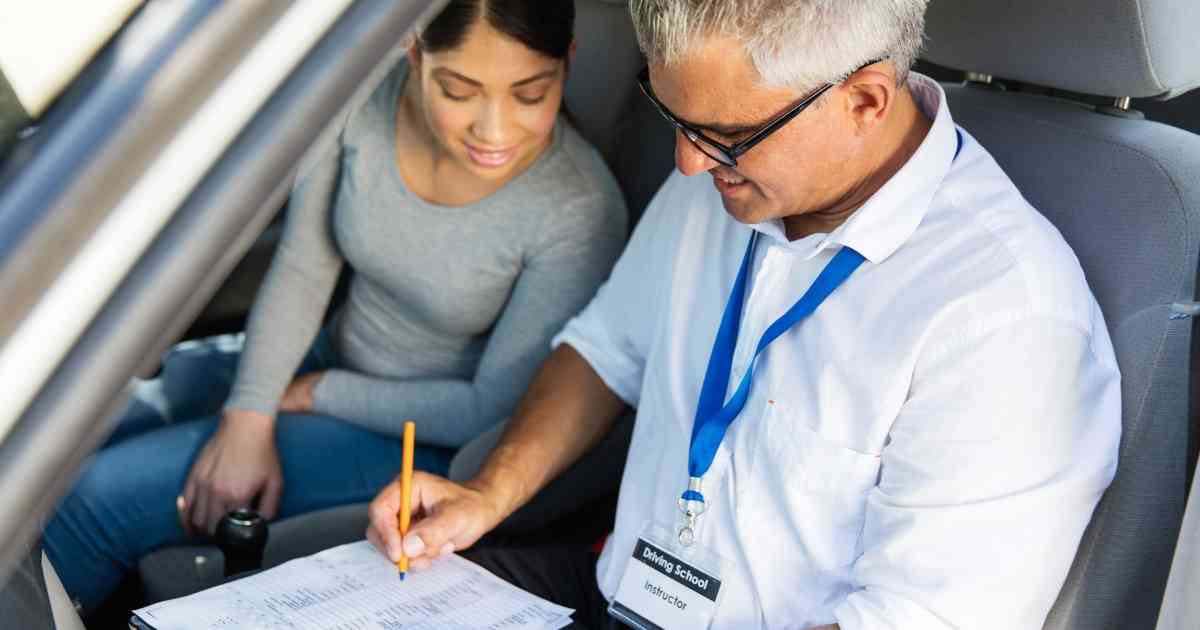Transitioning from the passenger’s seat to the driver’s seat can be a significant change. After all, it’s your first experience controlling a multi-ton piece of machinery and being in charge of the lives of others. What if you hit someone?
It’s hard not to think about worst-case scenarios when you’re driving, but it’s critical not to let fear dominate your driving experience.
Let’s check out some driving tips for teen and first-time drivers.
10 Basic Driving Tips for New Drivers
The best way to learn how to drive is simply to practice. Unfortunately, driving is based on many details that become instinctive with time, and no textbook or app can be a substitute for the real deal.
This section will discuss some of the best driving tips for new drivers.
1. Don’t Drink and Drive
Driving under the influence is a serious crime. It can result in severe consequences for you and your loved ones, including injury or death, loss of employment, and the burden of paying hefty fines and legal fees. On average, a drunk-driving crash occurs every 45 minutes in the US.
Regardless of the reason for driving under the influence, you can get into alcohol-related accidents.
Think about how long it will take for the alcohol in your system to clear out before getting behind the wheel again. If it’s been several hours since your last drink, there is no harm in driving as long as you’re not impaired by other factors like fatigue or lack of sleep.
If you are a motorist in the state of Tennessee, you should familiarize yourself with the license reinstatement process. Several violations can result in your driver’s license being suspended.
2. Obey All Traffic Laws

If you ignore traffic rules, you could cause an accident that injures someone or kills them, including you. And you also have to deal with other consequences like getting pulled over by law enforcement, having your license suspended or revoked, and even going to jail for reckless driving.
Many people overlook traffic rules because they think they won’t get caught. But habitually breaking traffic laws will eventually catch up with you.
In short, safe driving includes:
- Using a car seat for children
- Maintaining the speed limit
- Practicing a safe distance from other cars
- Following traffic signals
- Wearing your seatbelt
3. Eliminate Blind Spots
Blind spots are areas on a vehicle where the driver cannot see, usually because of the positioning of the car’s side mirrors.
Make sure you adjust your rearview and outside mirrors to see as much of the road as possible. This habit will help eliminate any blind spots and give you a better view of your surroundings.
You should also check your mirrors every 15 to 30 seconds on the road, especially if you’re driving in a busy area.
When you change lanes without checking your blind spot, you’re more likely to hit someone else’s car because you won’t see them coming up from behind.
4. Maintain Safe Speeds and Slow Down

If you want to avoid an accident, staying at or below the speed limit is best. Your car will take longer to stop if you’re going fast, causing you to lose control of the vehicle. In 2019, 26% of traffic fatalities were due to speeding.
In addition to being safer for everyone involved, driving slowly also has environmental benefits. For instance, slowing down by 5 to 10 miles per hour can improve fuel economy by 7%-14%.
You might be tempted to slam on the gas pedal when the light turns green, however, that’s not a safe choice! First, ease into a slow roll from a complete stop. Then, gently and gradually apply pressure to the gas pedal.
Finally, make sure your seat is ergonomic to operate the accelerator and brake pedals efficiently.
5. Avoid Tailgating
Tailgating is when a driver follows another vehicle too closely, often creating unsafe conditions for themselves and other drivers around them.
Tailgating is dangerous because it restricts your field of vision and makes it hard for you to stop if there’s an unexpected problem or if someone slams on their brakes.
It also forces other drivers to take evasive action such as speeding up or slowing down at an unsafe time or place.
Not all drivers are competent. Some people lack the judgment or experience for safe driving.
So you should give other drivers plenty of space while driving so you can be prepared to take action to avoid potential accidents if someone does something dangerous.
Similarly, cyclists are just as much at risk of being hurt in an accident as motorists, but they don’t have the same protection. The best thing you can do is give them plenty of space so that if something happens, they have time to process and react.
6. Keep Your Car in Optimal Health

Take control of your vehicle by ensuring it’s in good working order, and keep yourself well-rested before driving. This way, it’s easier to stay alert in traffic and practice safe speeds.
It’s hard to tackle challenging traffic situations if you have driver fatigue. You can also focus better on safe driving if you’ve taken care of any potential issues with your vehicle ahead of time.
If there’s a leak in the engine or your tires are worn out, address these issues immediately. Fixing these problems before they become bigger will likely remove any driver errors from your side.
7. Prepare for Emergencies
You never know when an emergency may happen. That’s why it’s crucial to have an emergency kit in your car stocked with essential tools you’d need to get yourself and your passengers out of trouble.
Assemble your kit with the following essentials:
- Water
- Coolant
- Non-perishable snacks
- Flashlights
- Jumper cables
- Road hazard cones
- Some oil
- An emergency blanket
Next, ensure important driving documents are in the car. These include proof of insurance, registration and owner’s manual, vehicle inspection report (if applicable), and driver’s license. If you’re renting a car, you have to keep the rental agency’s name and phone number on hand.
8. Stay Focused
It’s easy to get caught up in conversation with someone else in the car or let your mind wander as you drive down familiar roads. But distracted driving can be as dangerous as drunk driving.
Distracted driving is one of the leading causes of preventable accidents in the United States. According to the National Highway Traffic Safety Administration, distracted drivers caused more than 2,841 deaths in 2018 alone.
Here’s how you can tackle distractions and stay focused while driving:
- Keep your eyes on the road. Don’t look at anything else in your car unless it’s necessary.
- Turn off notifications on your phone or put it in airplane mode so that no texts can come through.
- Choose your music wisely. You can listen to a podcast or audiobook while you drive or choose music to help you focus.
When choosing music, think about what kind of mood it creates and whether it will help you stay alert and engaged. If possible, select music that doesn’t need to be changed frequently (like an album) and listen to it in one continuous stream on repeat.
9. Take Courses to Improve Driving Skills

Driving is not only about knowing where to turn or how fast you should go; it’s also about knowing what to do when something goes wrong. A mindful driver will have the confidence and skill set necessary to handle any situation on the road.
But good driving habits start with good knowledge.
You can take an advanced driving skills course or even a defensive driving course online to improve your knowledge base and skills on the road.
Such training courses can help you become a confident driver and develop good habits that will stick with you for a lifetime.
10. Take Extra Protective Measures in Bad Weather
Driving in the rain is a scary thing for newbie drivers. They are not used to driving on slippery roads and don’t know how to react when the car begins to skid. The first time you drive in the rain, you will probably be very nervous.
You can take a few steps to ensure your first experience driving in bad weather is as safe and smooth as possible.
First, check if your vehicle is equipped with good tires. If your tires are old or worn down, they may not grip the road well and your car could skid out of control.
Also, make sure your wipers are working correctly to see what’s going on around you while driving in rainy conditions.
Conclusion
The most reliable way to be a compliant driver is to practice safe driving habits. Always store your license, registration, and proof of insurance in the car. Keep your cell phones out of reach until you’ve parked the car.
You should also adjust the rearview mirror to see directly behind you. Most importantly, never drink and drive. If you do, you may cause an accident, resulting in severe injury or even death.
We hope you enjoyed our list of tips for new drivers. Happy driving!

